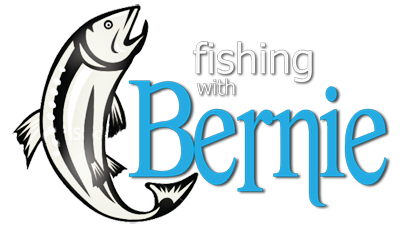It will be fun this year seeing Dike 3 recede back into the depths. It rises like a beached submarine every four to six years only to dive back a couple of years later. I started guiding about 20 years ago and I have seen it all. High water, low water, and everything in-between.
What I haven’t seen is horrible fishing. Each year is not the same, but the fish remain and the habitat withstands the test of time. Everyone notices the lake trout losing weight and gaining it back but did you ever stop to think about how water levels affect a lake like Granby and specifically a fish like the Lake Trout? With so many changes, why doesn’t lake trout fishing success change?
The story is complex and includes two main acts. Water levels affect feeding patterns of all species but also affects the recruitment at spawning time. Let’s start with how water levels affect feeding behavior.
It all starts with microscopic organisms known as the Phytoplankton (immobile microscopic organisms). These microscopic organisms are not mobile and stay in the top zones of the water column. Zooplankton (mobile microscopic organisms) eat Phytoplankton but also avoid light. They migrate up the water column to feed in the evenings and then drop down again to avoid the light in the mornings. Since sunlight rarely penetrates more than 30 feet into the water the Zooplankton can be found in the top 30 feet of a lake.
The next level of knowledge necessary to understand lake biology is the Mysis shrimp. These small organisms were introduced into Lake Granby to feed the kokanee. But Mysis live at the bottom of the lake and Kokanee do not so the food source never materialized. Instead, Mysis shrimp eat Zooplankton if they are available in the preferred temperature of the shrimp (43 to 52°F).
Now we are finally to the Kokanee Salmon. The Kokanee are filter-feeders and use their gills to filter vast amounts of microorganisms from the water. They feed mainly on zooplankton and if you follow kokanee on the sonar they follow the daily migrations of the Zooplankton. Kokanee also prefer a very narrow temperature range. Their preferred temperature is 54F. At times this temperature range puts the fish outside of the depths of the Zooplankton and they do not feed. When water levels are down the Mysis eat more of the Zooplankton and the Kokanee struggle to get their fill. When water levels are up, Mysis have a tougher time feeding on Zooplankton higher in the water column and Kokanee have the food to themselves.
Finally, the Lake Trout prefers colder water (48F) and except at ice-out typically lives in waters 40 feet deep or more. At extremely low waters levels these fish would be pushed to marginal waters in the deepest parts of the lake. In some lakes the low waters would warm too much and the lake trout would struggle to stay alive. Since Granby has many areas with great depths the typical low-water year does not exterminate the lake trout, it just pushes them to new locations. Small lake trout (< 21” in length) often feed on Mysis shrimp and larger lake trout often feed on Kokanee Salmon.
With this knowledge it is easy to see how each part of the food chain operates and that in low water years more of the feeding zones overlap creating competition. The effects of water depth are centered around the formation and the depth of the thermocline. The thermocline is the layer of water separating colder/deeper water from warmer/shallower water. This effect occurs in summer as the surface temperatures warm the top layers of the lake. The water below the thermocline stays in the 50 to 60°F range and effectively separates the lake into two ecosystems. Go back to the preferred temperatures for each species and the next info will be obvious.
When the water levels are low, the lake warms faster and stratifies earlier. This creates a thermal barrier where Mysis shrimp will not cross very often. Above the thermocline plankton thrive and kokanee eat without the competition from the shrimp and less effects from lake trout who prefer the colder water as well. If the thermocline exists for too long the oxygen levels below it drop and there might even be a Mysis die-off.
High water produces the opposite effect.
Too many low water years in a row, combined with lake trout mortality from hooking, fighting, and trips to the hot oil will eventually decline the overall lake trout population. These low water years will eventually slow down lake trout recruitment as well leading to a decline in the fishing success. While this is possible, we have yet to see more than two low water years in a row during the last few decades.
Now that you know the details, how does all of this affect lake trout fishing success? It doesn’t! Since Granby has enough depth to support lake trout even in low water years, the lake trout will only be skinnier or fatter due to relative kokanee populations. So do not worry about the weather. Just get out and fish as much as possible. I would like to thank Jon Ewert and David Harrison for their help with this article.

















